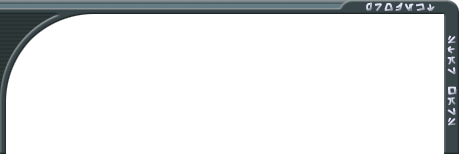icebär
♥ ♥ Pusteblume ♥ ♥
Die vorgegarten Steaks kann man dann im Kühlschrank lagern und später in die Pfanne hauen.
The most popular methods of sous vide cooking are cook-chill and cook-freeze – raw (or partially cooked) ingredients are vacuum sealed, pasteurized, rapidly chilled (to avoid sporulation of C. perfringens (Andersson et al., 1995)), and either refrigerated or frozen until reheating for service. Typically, the pasteurized food pouches are rapidly chilled by placing them in an ice water bath for at least the time listed in Table 1.1.
For cook-chill sous vide, Listeria monocytogenes and the spore forming pathogenic bacteria are our pathogens of interest. That's because Listeria is the most heat resistant non-spore forming pathogen and can grow at refrigerator temperatures (Nyati, 2000b; Rybka-Rodgers, 2001), but appears to require more bacteria to make you sick than Salmonella or E. coli. Most experts recommend a 6 decimal reduction in Listeria if you don't know the contamination level of your food.
While keeping your food sealed in plastic pouches prevents recontamination after cooking, spores of Clostridium botulinum, C. perfringens, and B. cereus can all survive the mild heat treatment of pasteurization. Therefore, after rapid chilling, the food must either be frozen or held at
below 36.5°F (2.5°C) for up to 90 days,
below 38°F (3.3°C) for less than 31 days,
below 41°F (5°C) for less than 10 days, or
below 44.5°F (7°C) for less than 5 days
to prevent spores of non-proteolytic C. botulinum from outgrowing and producing deadly neurotoxin (Gould, 1999; Peck, 1997).
Quelle: https://douglasbaldwin.com/sous-vide.html#Safety_Pathogens_of_Interest







